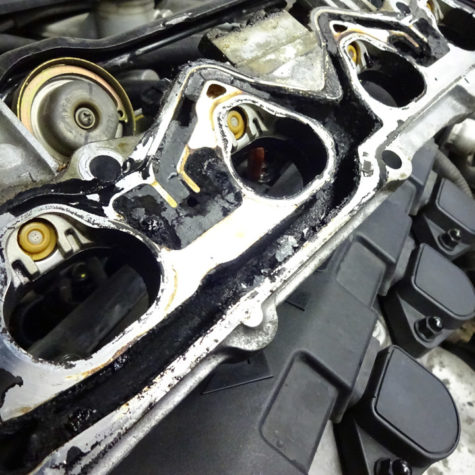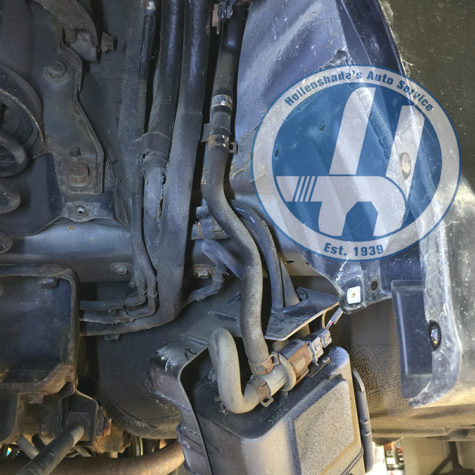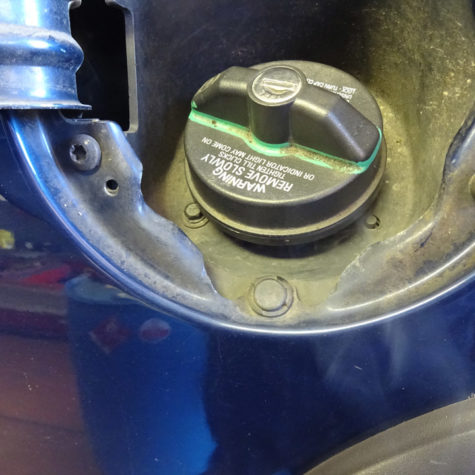
Evaporative Emissions System Diagnosis and Repair in Towson, MD
Evaporative emissions systems have been around since the 1970s. The goal of the EVAP system is to capture fuel vapors that may otherwise escape into the atmosphere and redirect them into the engine’s intake air. Vehicle manufacturers are required by the EPA to incorporate on-board monitors that evaluate the function of the EVAP system and alert the operator when malfunctions are detected. The alert is in the form of an illuminated check engine light (CEL) and will prevent drivers in the state of Maryland from passing their Vehicle Emissions Inspection Program (VEIP) test. If your vehicle’s Check Engine Light is on or you have recently failed the VEIP test please CONTACT US today!
Gas Cap
The gas cap is one of the more commonly misdiagnosed components of a vehicle’s EVAP system. The gas cap and fuel filler neck are one of many components that must remain properly sealed. If one of the EVAP system components fails to provide an airtight seal, a check engine light code will be stored for an EVAP system leak. Aftermarket (non-OEM) gas caps are a common cause of EVAP system leaks.
Vent Valve
The vent valve is one of the two main solenoid/valve assemblies responsible for controlling the flow of EVAP system gasses. The vent valve allows fresh air to be pulled into the EVAP system and also is responsible for sealing the system when required. If the vent valve sticks in either an open or closed position or is unable to provide a vapor tight seal a code will be stored and the check engine light illuminated.
Purge Solenoid
The purge solenoid is the EVAP system component responsible for controlling the volume of fuel vapors allowed to pass into the vehicle’s intake air. Failure of the purge solenoid is often misdiagnosed as its malfunction can result in codes that do not point directly to the EVAP system or its components. When off, if the purge solenoid does not completely seal, a rough idle or lean fuel trim code may be experienced. The purge solenoid is electrically controlled by a duty-cycle signal that is proportional to the volume of airflow desired.
Charcoal Canister
The charcoal canister is the key component of the fuel vapor system. It captures fuel vapors and is specifically designed for each make and model vehicle. The activated charcoal in the canister assembly traps un-burned hydrocarbons and stores them for release into the engine’s intake when conditions are determined appropriate by the vehicle’s computer strategy.
Common EVAP System Check Engine Light Codes
- P0456 – EVAP system very small leak detected
- P0455 – EVAP system gross leak detected
- P0442 – EVAP system small leak detected
- P0440 – EVAP system malfunction
- P0443 – EVAP system purge control valve circuit / flow
- P0441 – Incorrect purge flow
- P0446 – EVAP system vent control fault
- P0457 – EVAP system leak detected (fuel cap or canister)
- P0452 – EVAP system pressure sensor low input
- P0496 – EVAP flow during non-purge
For more information about EVAP services, contact us online HERE or call: 410-828-5750










